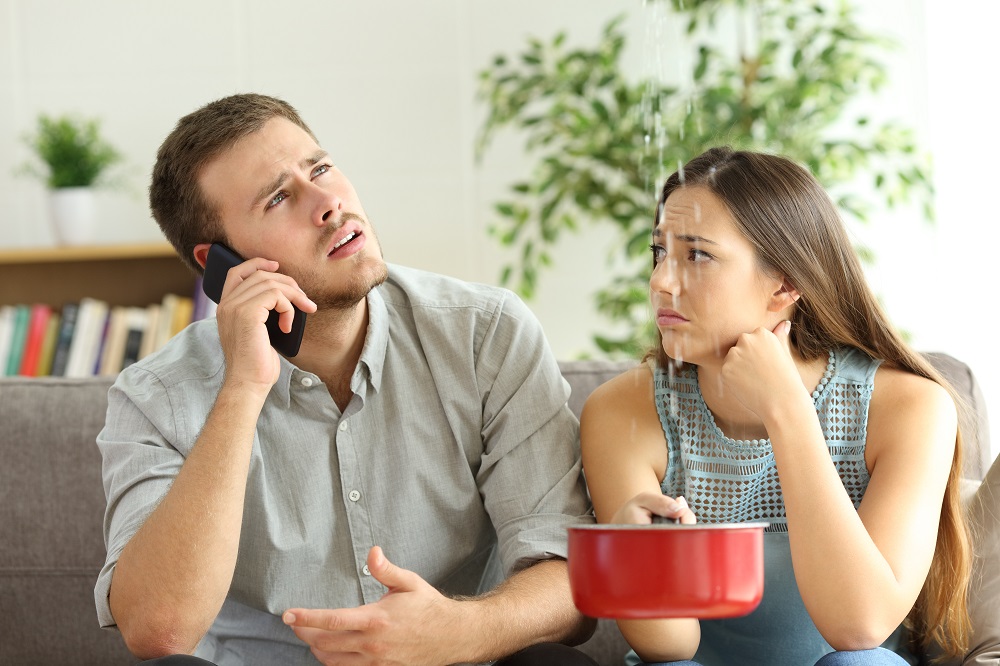A routine plumbing inspection is essential to identify any issues in your property that need urgent attention and repairs. A small leak and impediment in water flow can eventually progress to become larger issues, which may require urgent repairs or replacement and can cost you lots of money. Regular inspection of important fixtures will help you to correct and diagnose the problems before they become a catastrophe.
Places that need more attention in your routine inspection checklist are the ones where there are various fixtures, such as kitchen and bathrooms. Do not forget to check the house for other types of fixtures and appliances too. A certified plumber would be the ideal person to carry out such an inspection. Keep the below checklist ready before scheduling a plumbing inspection.
Pipes
Pipes are the joining parts of a plumbing system, and the whole system can be affected if the pipes get damaged. The replacement or repairs of pipes can cost a fortune. So, it is important to check the following things in your pipes during the inspection:
- Any rust formation on the pipes
- If plastic pipes are used, the plastic used in pipe needs to be permissible
- Lead is considered harmful, hence all lead pipes need to be replaced
- Check for leaky pipes by turning on faucets
Faucets
Faucets, also known as taps, need to be inspected for any leakage or corrosion. Also, check the faucet handles, as they must not have any mineral deposit or any severe jamming.
Fixtures
Fixtures include laundry tubs, bathtubs, showers, sinks, sill cocks, etc. There should be no dripping in any of these fixtures and fittings. Ensure that fixtures are firmly fixed and accurately installed in their place.
Valves
There are different types of valves used to manage the flow of water in your plumbing system. They are of supreme importance and very essential for smooth and safe passage of water. They are crucial to stop the inlet water supply throughout the pipelines. There are many valves such as drain valve at bottom of the water storage tank, inlet valve on the main line, pressure reducing valve for water heaters, float valve in the flush cistern, check valve to stop backflow, etc.
Water pressure
Extreme water pressure can damage pipes, appliances and fixtures. Lower water pressure can also cause a problem in your water supply. If there is high water pressure, a pressure decreasing valve should be installed at mains. A water Pressure Measurement device should be utilized during the to inspect the water pressure. Mount water pressure measurement device on the mainline and inspect its pressure. It needs to be between 45 – 80 psi or 3.1 – 5.6 kg/cm2.
Main Sewer Line
The main sewer line is the pipeline that transports the sewerage of your house to a city sewer line or septic tank. Household drains are typically linked to the main sewer line. During the plumbing inspection, make sure that they do the following:
- Look at clogs if any
- The material utilized in the sewer pipeline
- Check sewer pipeline for any corrosion
- Disturbance due to tree roots
- Assembly joints
Traps
Traps are crucial parts of the drainage system that stop the entrance of foul smell, vermin, and insects from the cesspits. Check below traps in different areas:
- In the kitchen sink, washroom and bathroom, check the floor traps
- In kitchen sinks and washbasins, check bottle trap
- In western water closet, check P, Q and S trap
Water heater
Water heaters need to be checked for the following things:
- Check the rust, if any, developed outside the water heater
- Inspect the scale buildup outside the water heater
- Check if the size of the water heater is appropriate to meet the needs of your water needs
Plumbing system is an expensive system to repair or install. So, it is important to carry out an inspection before purchasing a new house or even in your existing property. So, while performing such an inspection, make sure to include all the above-mentioned points to get the best results.

